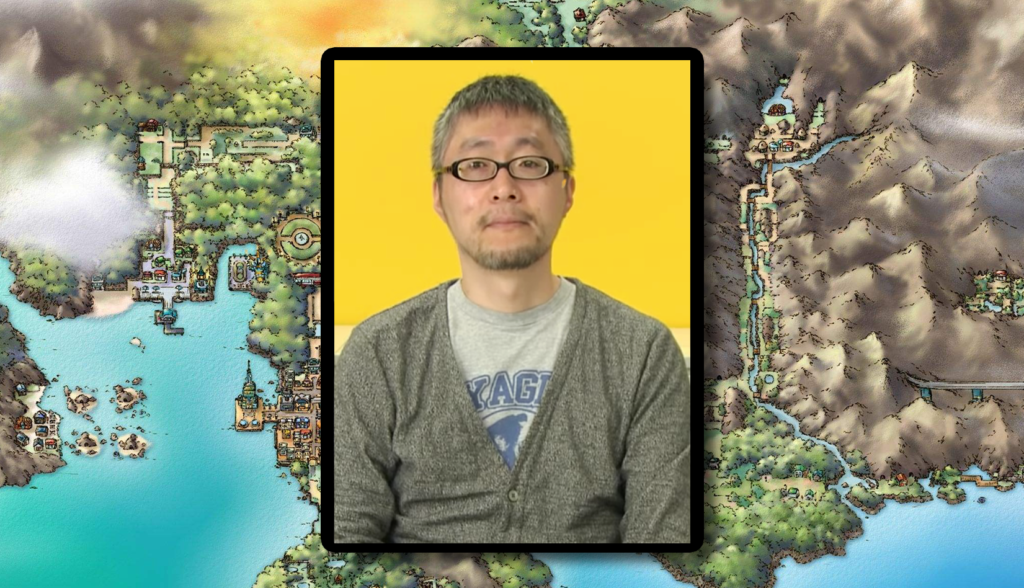
Sugimori: Hundreds of Pokemon Created for Gen 2
2000 Interview with Pokemon Bigwigs
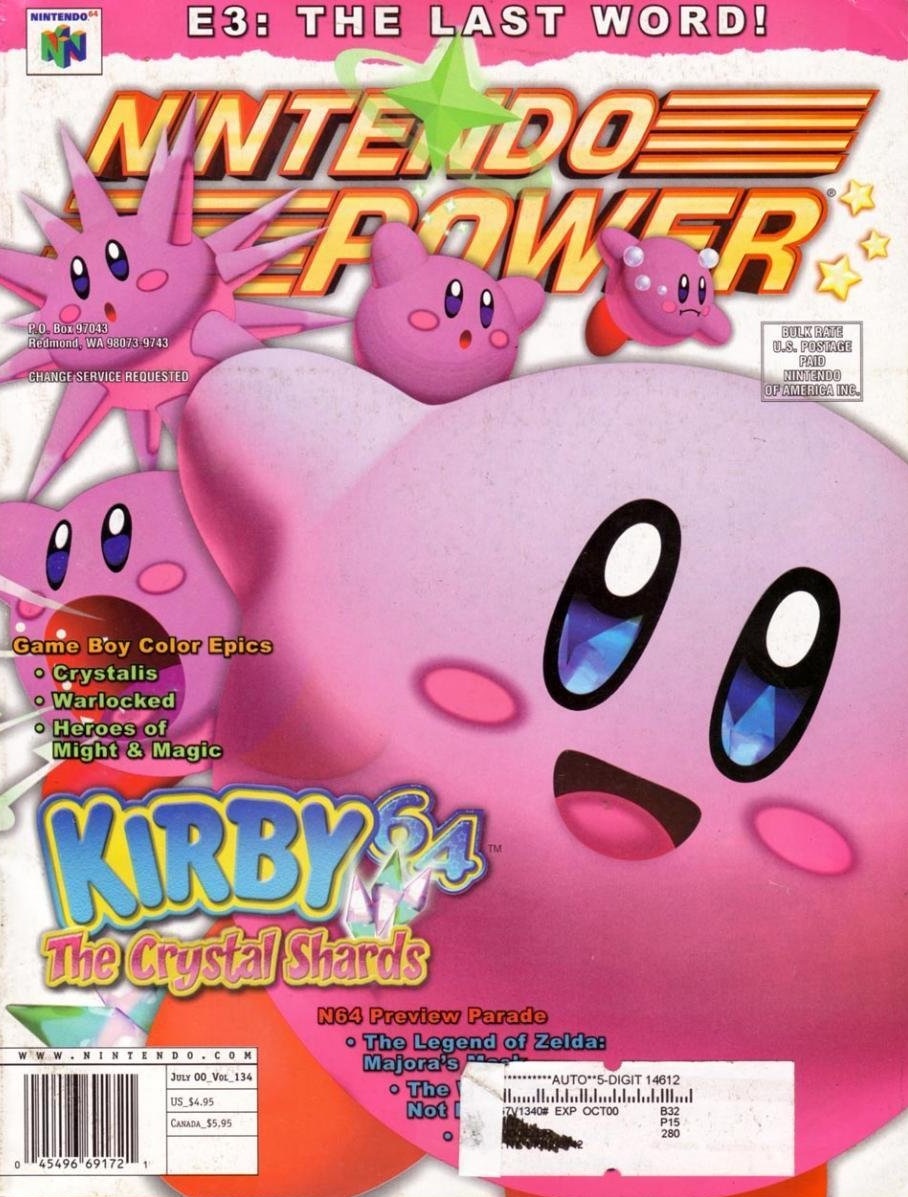
Written by Dr Lava, November 12 2019
Normally, I only publish Pokemon interviews that I’ve paid to have translated from their original Japanese texts. Like this 2011 interview where Ken Sugimori explains the origin stories of Gen 5’s Starter Pokemon. But the interview you’ll be reading below was actually published in English, in the July 2000 issue of Nintendo Power Magazine. But since the magazine is defunct, and the interview is almost two decades of old, I thought it would be a good idea to archive it here and add some commentary based on what we’ve learned in the 20 years since.
Highlights include Hoothoot’s origin story, an early development timeline, and Ken Sugimori’s revelation that “several hundred new Pokemon” were created for Gen 2 — most of which were scrapped and whose designs are still undiscovered. My commentary adding context and additional relevant information will be clearly labeled, so you don’t mistake it for the text of the interview itself. Okay, so with all that said, here’s a brief introduction of the interviewees, followed by the July 2000 interview itself:

Junichi Masuda: Assistant director & composer for Gold & Silver, directed most mainline Pokemon games in the two decades following this interview
Tsunekazu Ishihara: Producer for Gold & Silver, founder of Creatures Inc, modern-day president of The Pokemon Company (as of 2019)
Ken Sugimori: Lead monster designer and series art director since Gen 1
Shigeki Morimoto: Programmer and monster designer since Gen 1, later went on to direct Emerald, HeartGold, and SoulSilver
Takenori Ota: Programmer for Generations 1-3
Tsuyoshi Ichinose: Composer for Gold & Silver
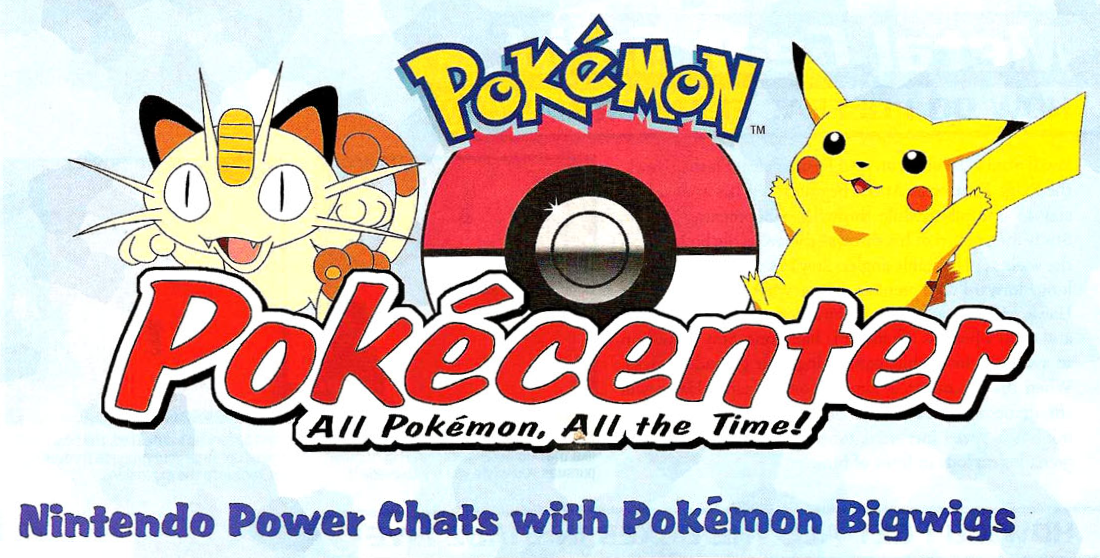
Nintendo Power Chats with Pokémon Bigwigs
Nintendo Power: The first Pokémon games came in three colors: Red, Blue and Yellow. Is there any reason you chose Gold and Silver for the new Pokémon games?
Ishihara: “We wanted it to be very different from the previous Pokémon games. Gold and Silver aren’t just colors, they’re also real, material things. Precious things.”
Nintendo Power: How many people worked on Gold and Silver, and how long did it take?
Masuda: “Approximately 20 people, I think. We started three years ago, right after Red and Green (Blue in the U.S.) were finished. We developed the Japanese Blue version and the Yellow version after the original game, too, but we were developing Gold and Silver at the same time.”
Nintendo Power: Could you tell us what’s new in Gold and Silver?
Masuda: “It’s the same Pokémon World as before, but there is a different story. You’ll see many new Pokémon. I can’t reveal anything more at this time.”

Context: 20th Century Timeline
Dr Lava’s notes: Let’s briefly review the early Pokemon timeline. In Japan, Red & Green debuted in February 1996, then were followed eight months later with an updated Blue version in October 1996. A now-infamous demo of Gold & Silver was exhibited at Spaceworld — a Nintendo-hosted trade show in Japan — in November 1997. A year later, Yellow launched in September 1998. So as Masuda just pointed out — yes, the development of Generations 1 and 2 overlapped quite a bit.

But let’s not forget that Red & Blue didn’t arrive in North America until two weeks after Yellow released in Japan. That’s 2.5 years after Red & Green first launched in Japan. Yellow arrived a year late as well, in October 1999. Our friends across the pond had it even worse — European release dates typically lagged an additional 1-8 months behind North America.
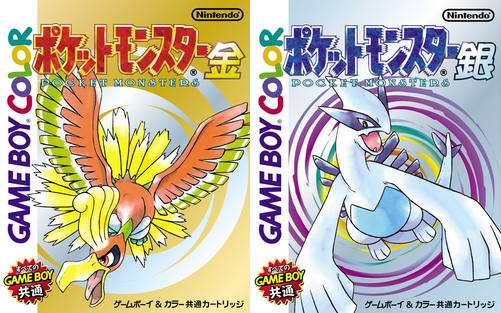
In November 1999, Gold & Silver launched in Japan. About a year later, in October 2000, they hit store shelves in North America. This interview takes place about halfway between the Japanese and NA release dates. Back then, information traveled very slowly. Fans mostly received their gaming news in monthly magazines like Nintendo Power. All throughout this interview, you’ll see the developers repeatedly withholding information and keeping secrets — this is despite the games having released in Japan 7 months earlier. It’s truly bizarre to consider how slowly information traveled back then.
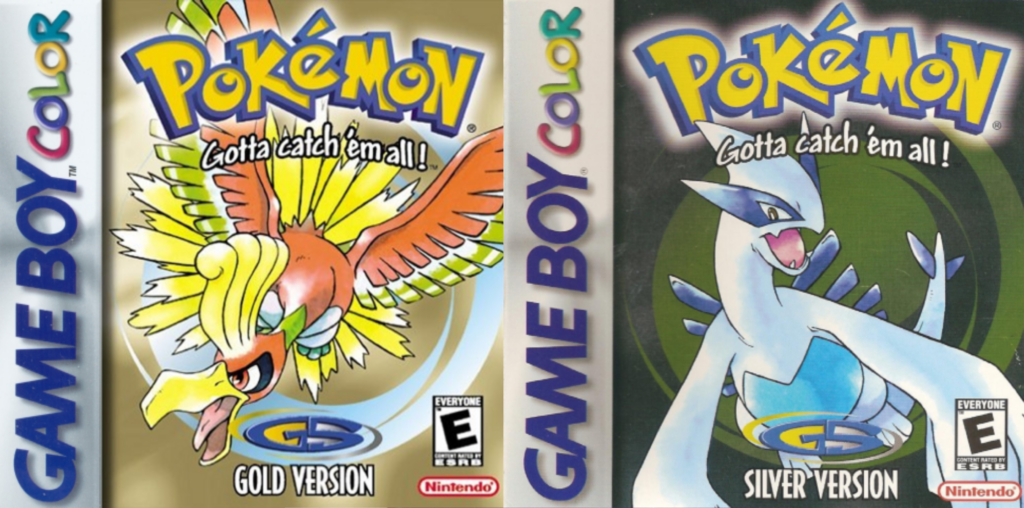
Back to the Interview
Nintendo Power: What was the hardest part of developing Gold and Silver?
Ishihara: “We designed Gold and Silver to be compatible with Red, Blue and Yellow, and making sure all the elements in all the versions worked together was a challenge. The debugging process was also tough.”
Masuda: “Making the game easier to understand for everyone was the most difficult part for me. We looked at everything, even how to catch Pokémon. We thought Gold and Silver would be many people’s introduction to playing Pokémon, and we wanted to be prepared for that.”
Sugimori: “Keeping the game fresh was a difficult thing for me. Lots of people have played Pokémon, and Gold and Silver need to stay fresh and interesting for them, too.”
Morimoto: “Keeping true to the feeling of the original Pokémon games while creating a brand-new game was my challenge. Everyone has a unique idea of what Pokémon is, and I didn’t want to betray that.”
Ichinose: “This is the first Pokémon game I have worked on, and it was a challenge for me to learn about and stay true to the atmosphere of the original Pokémon games.”
Ota: “I was in charge of programming. I tried to make a programming system that was easier to use. I was able to make some changes, but not all, because we were under a very tight schedule.”
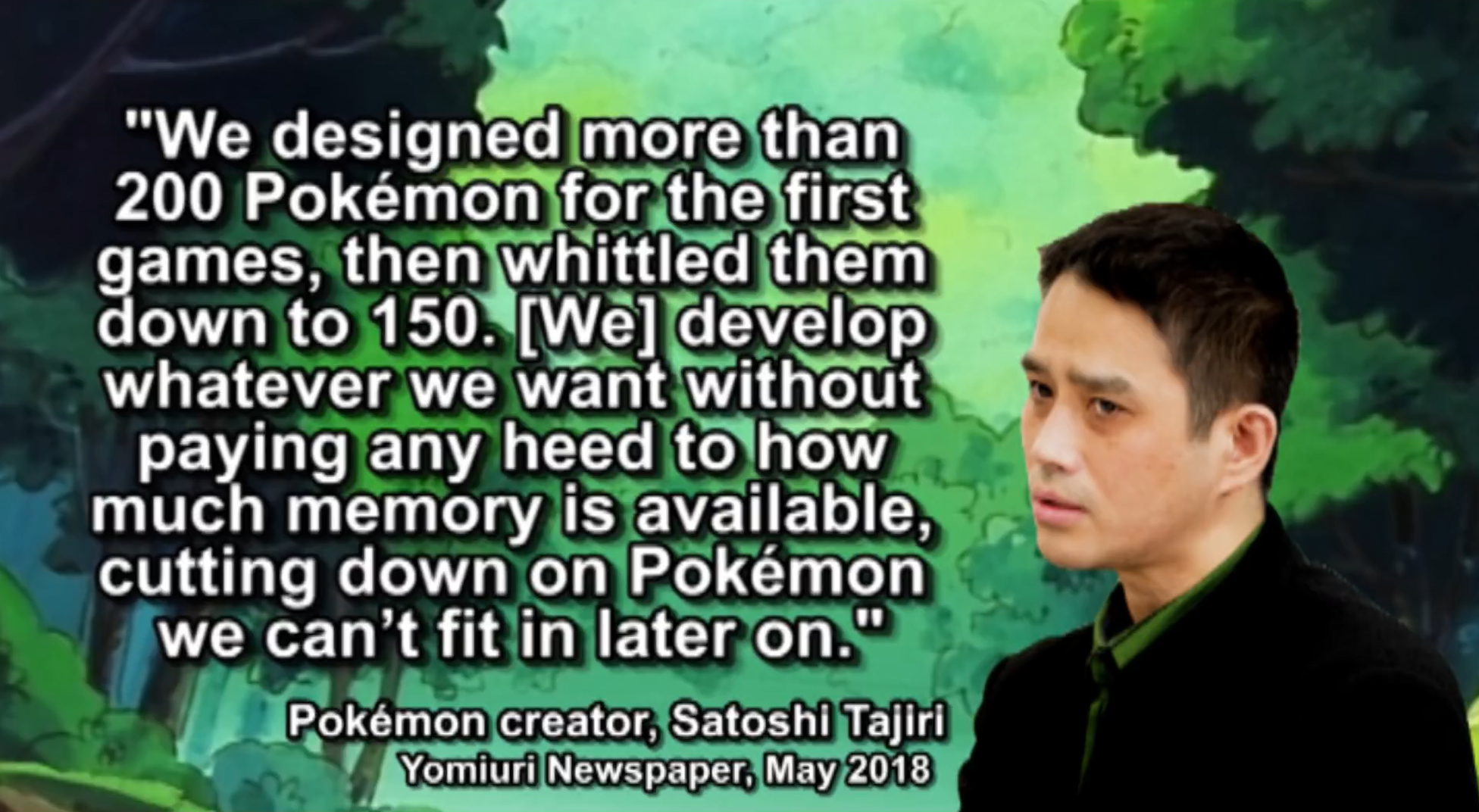
Problems with Programming
Dr Lava’s notes: Game Freak’s programming skills were notoriously lackluster back in the 90’s. They just didn’t know how to efficiently utilize the Gameboy hardware — which led to a lot of material going unused. As I noted in my YouTube video about Gen 1’s cut content, Pokemon’s creator Satoshi Tajiri has stated that upwards of 50 Pokemon had to be cut from Red & Green due to a lack of cartridge space.
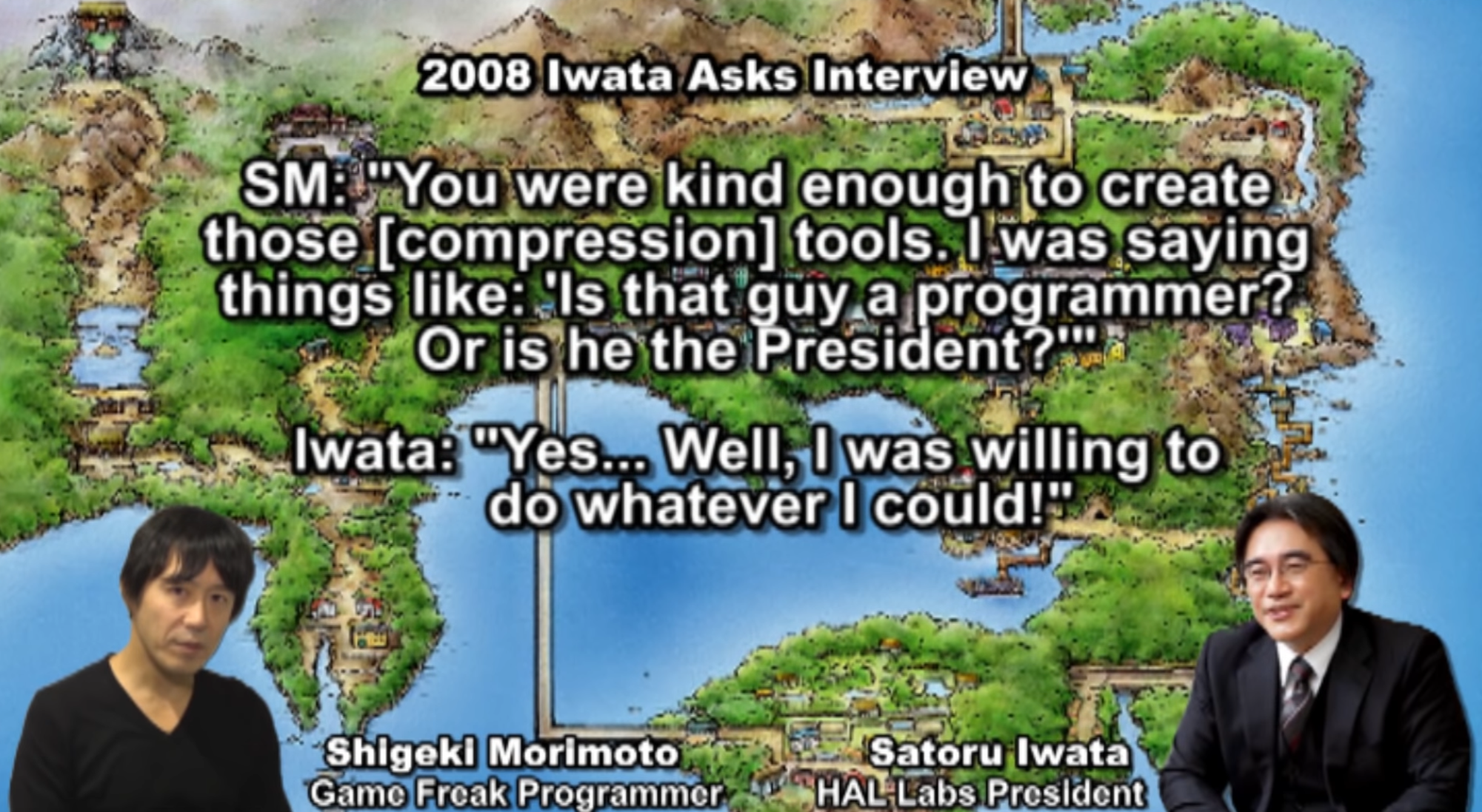
And as I explained in my video about Gen 2’s cut content, Satoru Iwata even volunteered to help Game Freak with their programming problems in Gold & Silver. This is despite the fact Iwata was actually president of HAL Laboratories at the time, not a member of Game Freak — he just helped out with their data compression issues for the fun of it.
Shigeki Morimoto can actually be found as an NPC in Ultra Sun & Moon, where he tells the player about Iwata’s contribution to the series: “When we were having trouble fitting all the data in for Gold and Silver, and we were really in a pinch, this amazing guy came along and made a program for us that solved all our problems.”
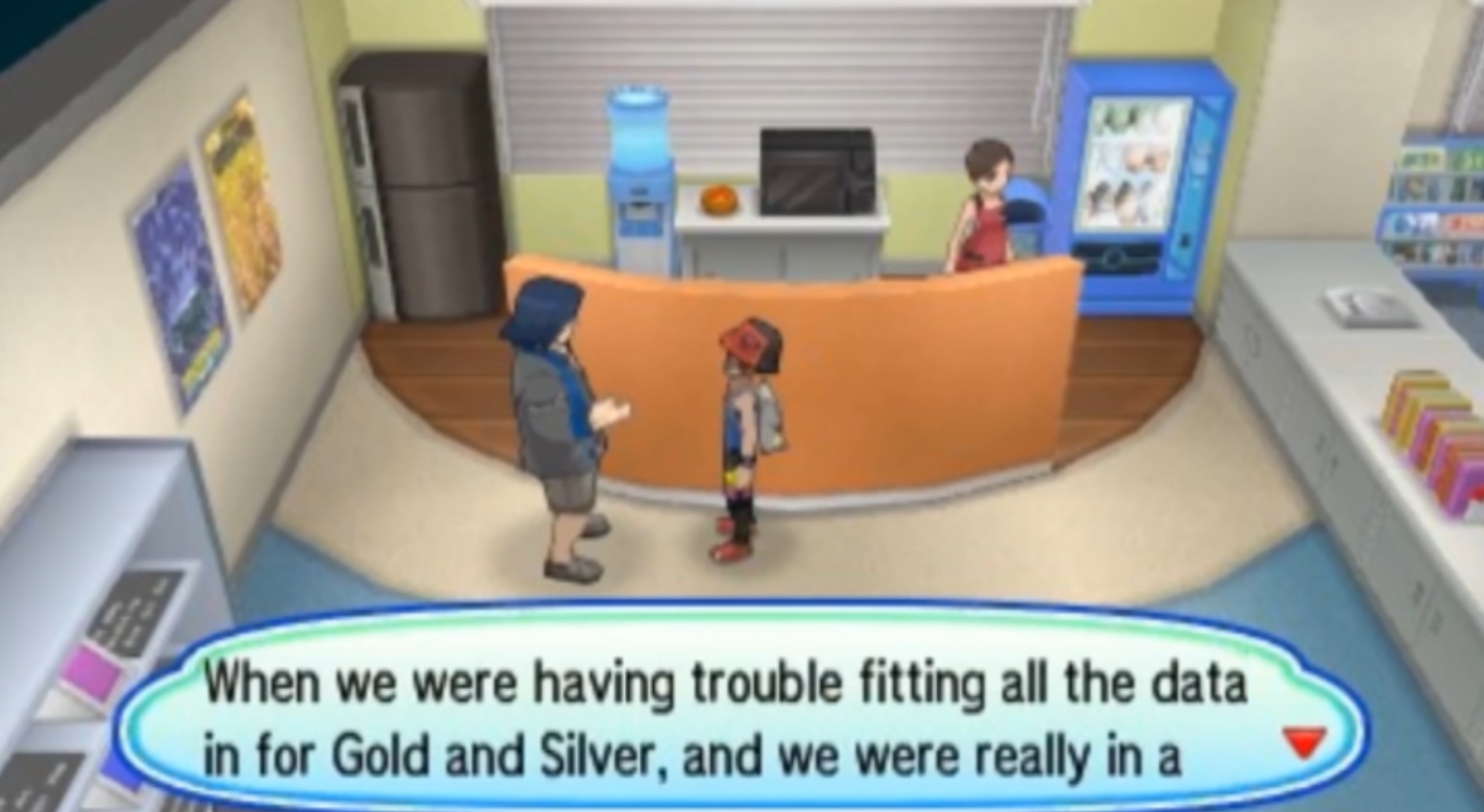
Back to the Interview
Nintendo Power: Are there any new Pokémon like Mew in Gold and Silver?
Sugimori: “(Laughing) Maybe, maybe not.”
Nintendo Power: How do you create new Pokémon?
Sugimori: “There are several ways we come up with Pokémon. Some are inspired by a shape, figure or creature that already exists. For others, we tried to consider what kind of Pokémon would be interesting in game play. For example, in Gold and Silver, we’ll introduce new Pokémon types. Psychic Pokémon seemed to dominate in the previous Pokémon game, so we needed to come up with new Pokémon and types to make Gold and Silver more balanced. We came up with several hundred new Pokémon, but most of them got cut during development.”
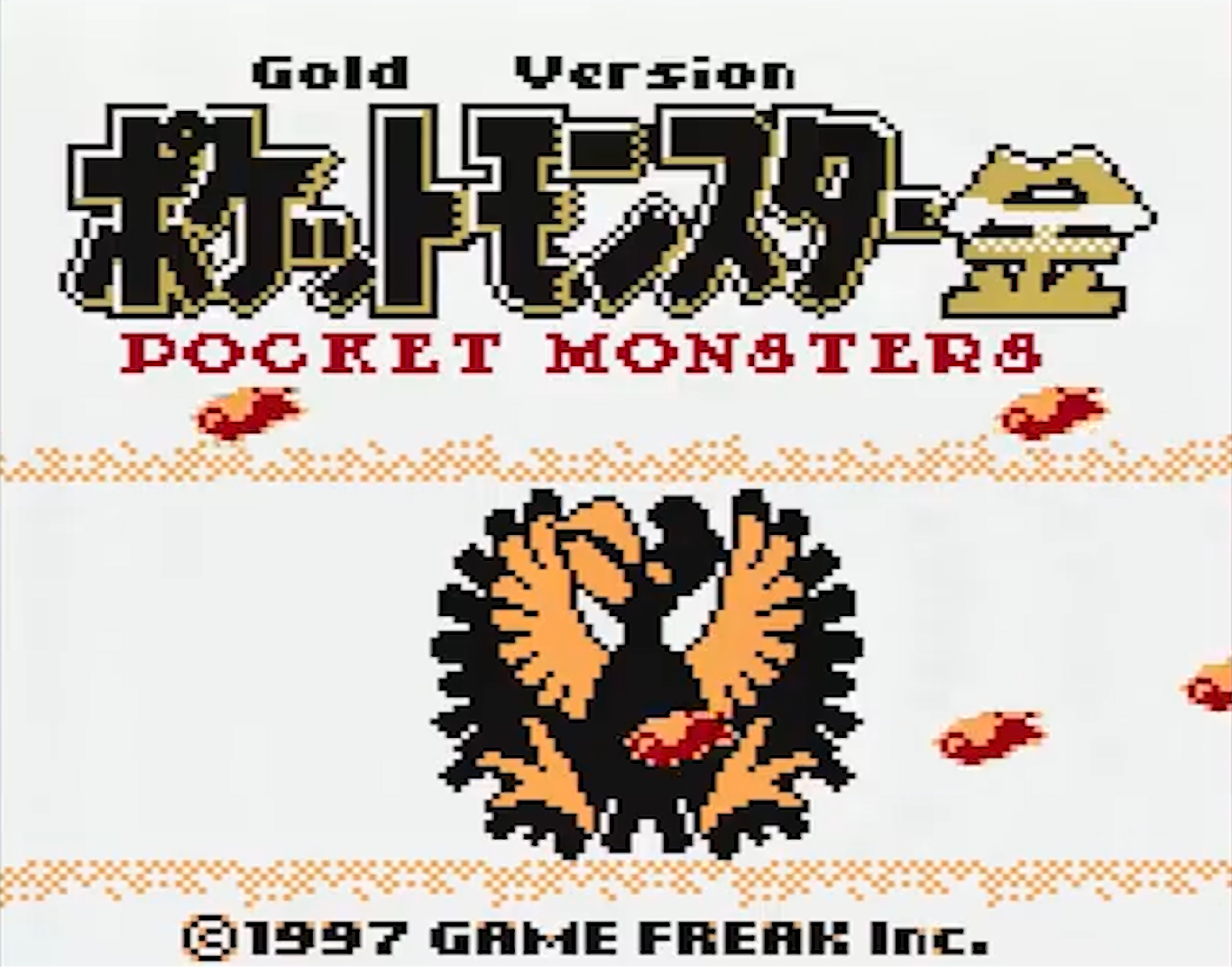
Hundreds of Pokemon
Dr Lava’s notes: And here we have the interview’s most fascinating revelation about Gold & Silver’s development. As I mentioned earlier, an early build of G&S was exhibited at Spaceworld 1997. Eyewitness accounts spread rumors about Pokemon who were included in that 1997 demo, but didn’t appear in G&S’s release versions. Two decades went passed. Then in May 2018, the demo was leaked and we finally got a look at what was hidden inside — about 40 lost Pokemon, as well as about 30 who DID appear in G&S’s release versions, but with significant differences compared to their final designs.
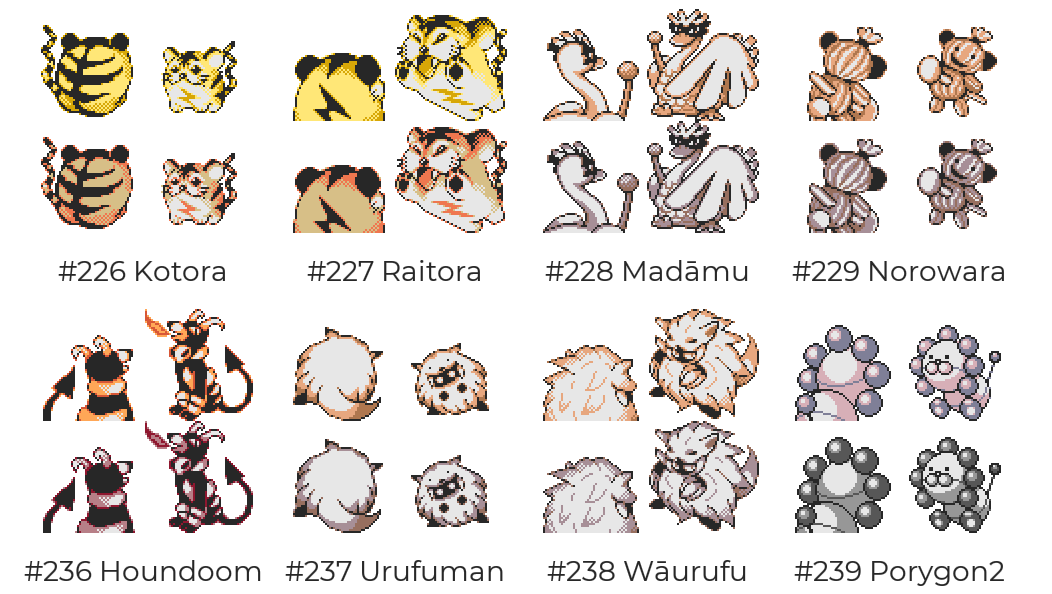
But here, Sugimori’s saying they created HUNDREDS of new Pokemon for Gen 2. Most of these Pokemon ended up getting scrapped, with only 100 making their way into the final product. We know at least 40-70 were cut from the Spaceworld build, but it sounds like an even larger number of Pokemon were cut either before Spaceworld, or after — in the two years between the Spaceworld ’97 demo and the games’ 1999 launch in Japan.
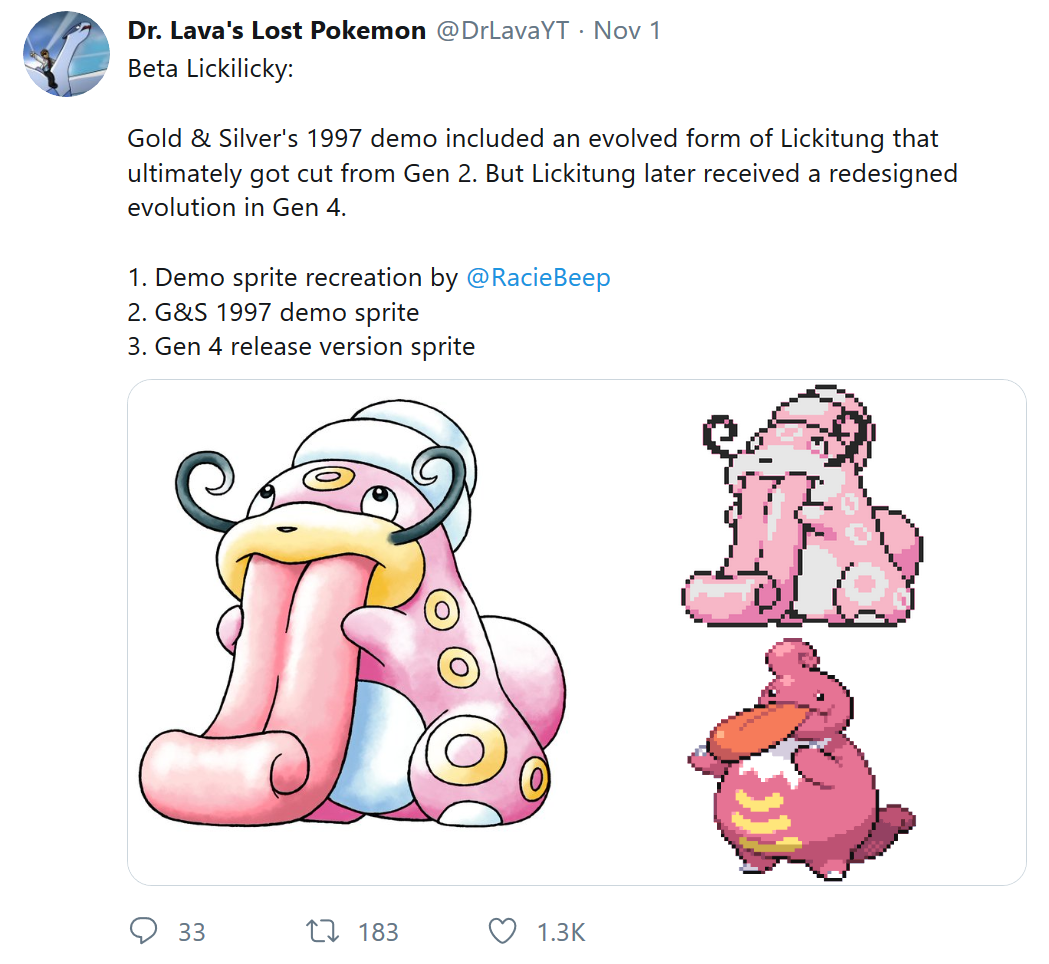
Only a handful of Pokemon cut from the Spaceworld demo ended up returning in later generations, like an early Lickitung evolution named Namēru. But even in these rare cases, these scrapped Spaceworld Pokemon were completely redesigned by the time they returned. In fact, depending on your perspective, you might consider a Pokemon like Namēru not as an early Lickilicky design, but as a completely different Pokemon.
With that in mind, it seems unlikely any of these (probably 100+) still-unknown, non-Spaceworld Pokemon that Sugimori says were scrapped from Gen 2 ended up getting recycled into a later generation without us realizing it. In all likelihood, their artwork is gathering dust in Game Freak’s art vaults. Many of them probably have sprites in a computer somewhere.
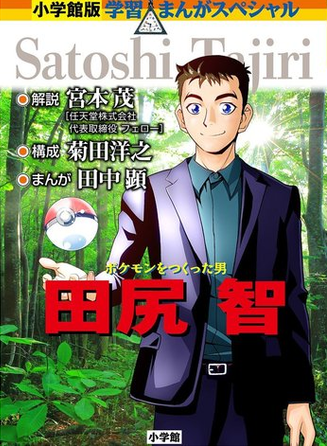
So will we ever see any of them? There’s really only two ways that could happen — neither of which is unprecedented. The first possibility is that Game Freak purposely reveals artwork or sprites like they did in the 2018 manga, “Satoshi Tajiri: The Man Who Created Pokemon.” They’ve also exhibited artwork at live events, like they did with early Gen 3 designs at the Game On Expo in 2012. The second possibility is that a hacker gains access to Nintendo’s servers then leaks his ill-gotten goods to the public. After all, that’s how the Spaceworld demo was leaked… and if it happened once, it could happen again.
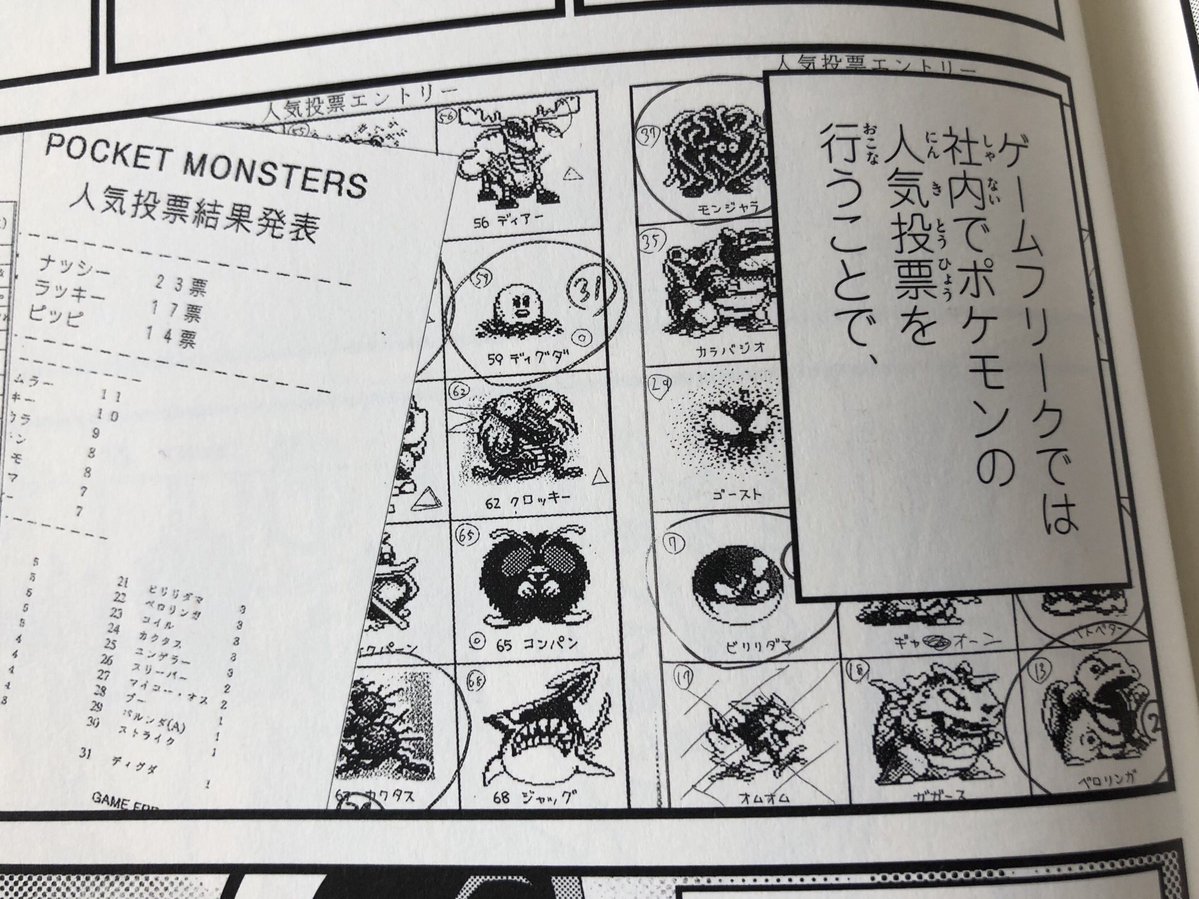
To sum up my thoughts on the subject — in addition to the lost Spaceworld-era Pokemon, it sounds like there are somewhere around 100 more lost Gen 2 Pokemon that we still don’t know about. But one way or another, there’s still hope we might get a chance to see them someday. Then we can re-experience what happened with Spaceworld all over again — the pure joy of discovering lost Pokemon like Kotora and baby Meowth, up-voting their fan art on Reddit, then spamming Game Freak on Twitter, demanding they resurrect our favorites. Because that’s what it’s all about.
Related Interview: Sugimori reveals Gen 5 Pokemon origin stories
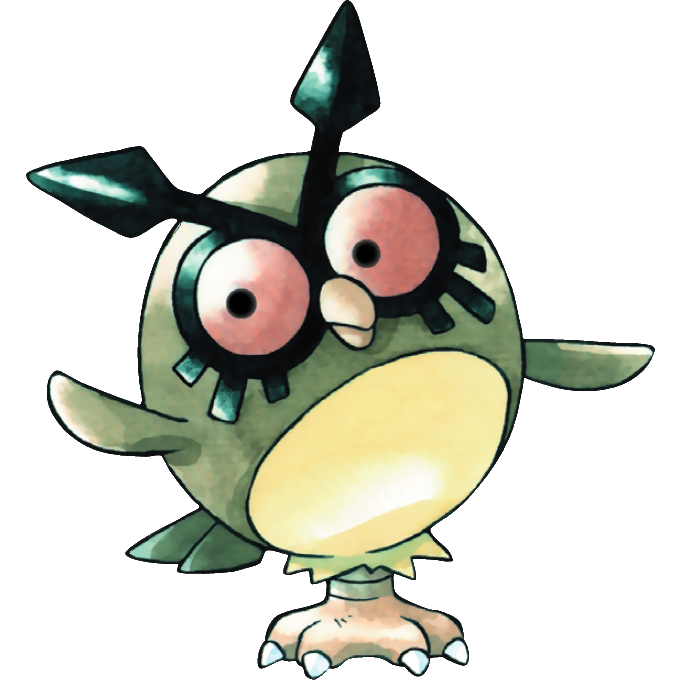
Back to the Interview
Nintendo Power: What is your favorite Pokémon?
Ishihara: “Exeggutor, because I have been using it for a long, long time.”
Masuda: “Psyduck. He looks funny.”
Sugimori: “Hoothoot. It has only one leg. When I was a kid, I had a pet bird. One day, I was surprised to see my bird standing on only one leg. I’ve learned since that that was normal for that kind of bird, but it had already made a big impression on me and I couldn’t forget it. That inspired me to create Hoothoot.”
Ota: “Charmander. Fire-types are cool! I also like Cyndaquil, the new Fire-type Pokémon.”
Morimoto: “Mew. I created Mew two weeks before we were finished developing the original Pokémon game. I owe a lot to Mew.”
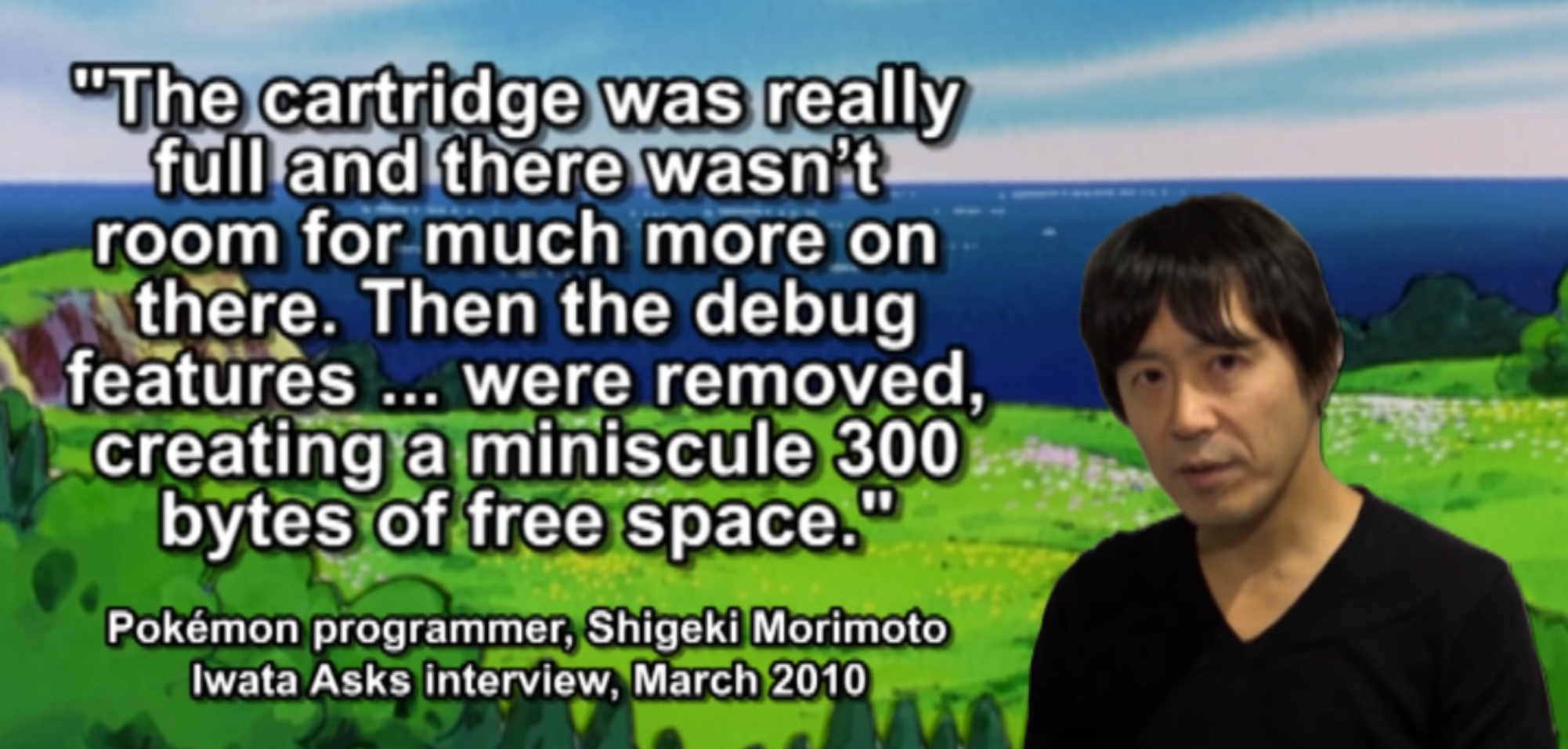
Creation of Mew
Dr Lava’s notes: In a 2010 Iwata Asks interview, Shigeki Morimoto explained how he inserted Mew into Red & Green at the last minute. Here’s a brief excerpt from that interview:
Morimoto: “We put Mew in right at the very end. The cartridge was really full and there wasn’t room for much more on there. Then the debug features which weren’t going to be included in the final version of the game were removed, creating a minuscule 300 bytes of free space. So we thought that we could slot Mew in there. What we did would be unthinkable nowadays!”
Ishihara: “This is in spite of being told after debug ended that you weren’t to tamper with even a single bit! (laughs wryly)”

Back to the Interview
Nintendo Power: We know that Pokémon Puzzle League and Hey You, Pikachu! will soon hit the US Market, as will Gold and Silver. What is the plan for Pokémon beyond that?
Ishihara: “We are working on a new Pokémon game that will come out after Gold and Silver. We can’t say which platform it’s for at this time. I was thinking about the different language versions of Pokémon and how you can’t trade between them. If we can make them compatible with each other, they would be far more interesting. Pokémon users around the world would be able to communicate through the Pokémon game. A world without language barriers is possible in the Star Trek world (laughing), and if we could do the same thing in the Pokémon world, that would be great!”

Closing Comments
The “new Pokémon game” mentioned by Ishihara is of course Ruby & Sapphire, which launched on the Gameboy Advance in 2002. Selling over 16 million units combined, Ruby & Sapphire were the best-selling games to ever land on the GBA. What’s more, Ishihara’s goal of “a world without language barriers” was achieved — Ruby & Sapphire were the first games in the series to allow for trading between different language versions.
There were a number of interesting factoids included in this interview — like Hoothoot’s origin story, that development on Blue and Gen 2 began simultaneously — but the most fascinating revelation has to be the Sugimori quote that “several hundred new Pokemon” were created for Gold & Silver. If you’d like to read more Pokemon interviews, check out this website’s homepage.

As always, I’d like to give a big thanks to all my Patreon supporters who help finance this website and my YouTube channel:
• Platinum Supporters: Boreas Bear, Reoko, Stuart Radley
• Gold Supporters: Afevis, Besipeitl, Brad Benson, KissShot
• Silver Supporters: Austin Elliot, Ben Lander, Cody Renton, Dan Attra, Dominik Bender, Elvin Alfonso, Evan Miller, FifthDream, HelpMePlease, Jacky H, Jade M, Jason White, Joey Keilholz, Jonathan Henn, Klotzzilla, Leo Espinoza, Maximilian Kwiatkowski, Nathan Labourdette, Patrick Hood, Paper Wings, Robert Oberlies, Shelby, Slugabed, Znub
Related Articles:
• Gen 5 Historia: Pokemon Origin Stories (Part 1)
• Gen 5 Historia: Pokemon Origin Stories (Part 2)
• Gen 5 Historia: Character Development